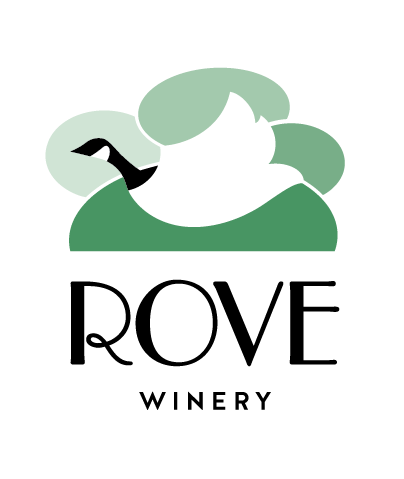
The year’s stormy weather, the type of grapes on the vine, the leathery hands of the workers that picked each one—these are the things that make up the story of every vintage. Just as every family has its story to tell, so does every glass of wine. Let us take you through the life cycle of wine vineyards.
When we say “every glass holds a story,” we mean it both literally and figuratively. We are farmers first, and we know that good wine is made in the vineyard. It is easy to forget, or to simplify all of the work and time that goes into each bottle of wine.
Sometimes we can forget ourselves as we get sucked into the seasonal grind of Mother Nature. Each week, month, and season is a critical building block that ultimately determines the beautiful and alluring nuances making each vintage unique in its own right. A true time capsule, perfectly summing up the season—from the grit to the glory. From unexpected hail, to unseasonable heat, or an October snow storm thrown in for good measure. And literally everything in between.
Those variables show through in our wines. We love showing our guests these delicate details and making that connection from the vine to the glass. We wanted to take the time to start at the beginning. To take a moment and pause and go through the plant life cycle, from bud burst in Spring through harvest. There is always SO MUCH going on in the vineyard, so much more than meets the eye. From the deep roots and soil nutrition through canopy management to focusing on sugar production in the fruit zone. We are constantly learning, and evolving our farming practices to ensure the best health of our vines and also highest quality in production. We take the responsibility of being stewards of the land very seriously and that is one of our greatest privileges—to be able to do what we love all while adding value to the land. The cherry on top is that we get to share the fruits of our labor with you. Wine is about connection. And we believe that connection is understanding that every glass holds a story.
March through November, our vines are doing so much work to produce and ripen our fruit! Then once we harvest, the hard work in the cellar starts. This winter, stay tuned for additional blog posts on the enology (wine making) side of our business.




The Life Cycle of Wine Grapes: 6 Steps
- Budburst – When temperatures rise in the spring, the vine awakens. Buds containing the genetic makeup for the vine growth bursts from the vine, signifying the beginning of the growing season.
- Shoot and Leaf Growth – From these buds, new green shoots and leaves grow at rapid rates using the nutrients stored in the trunk and energy from the sunlight and heat beginning with the warming climate.
- Flowering and Fruit Set – Like many other fruit plants, flowers (through inflorescence) will appear and the flowers will go through pollination, which sets where the grape berries will form.
- Grape Development – As the growing season progresses, the warmth, sunlight, water, soil nutrients, climate, and weather all affect how fast or slow the grapes will ripen. As the grapes ripen, the sugar accumulates within the grapes.
- Harvest – One of the most crucial points of the growing season (and for future winemaking) is selecting the harvest date. In the fall, the nights cool, helping to retain acidity (needed for balance in the wine). The sunny days continue the photosynthesis of the vine, adding to the sugar concentration of the grapes. The sugar eventually will get to a desired concentration (sugar concentration relates to final potential alcohol in the wine), and the flavors and aromas of the grape will also be to the liking of the vineyard manager/winemaker. At this point the grapes are harvested off the vine and taken to a facility to be made into wine.
- Dormancy – With dormancy, the life cycle of wine grapes ends. After harvest when the temperatures cool, the vine will lose its leaves and store enough CHO (carbohydrates) and nutrients to sustain over the cool winter. It serves as a kind of hibernation state for the vine.






